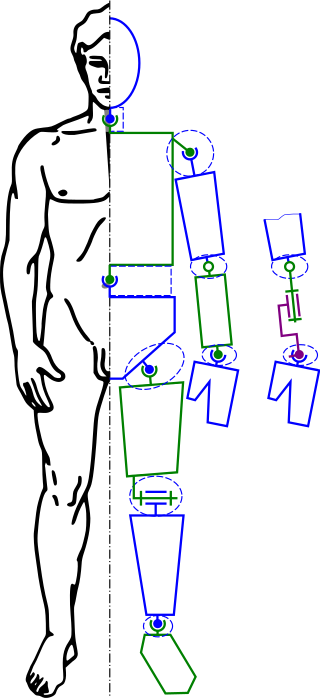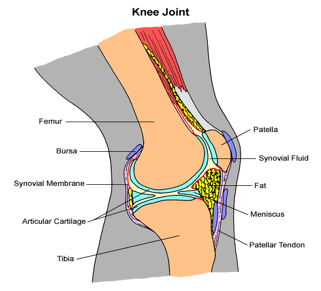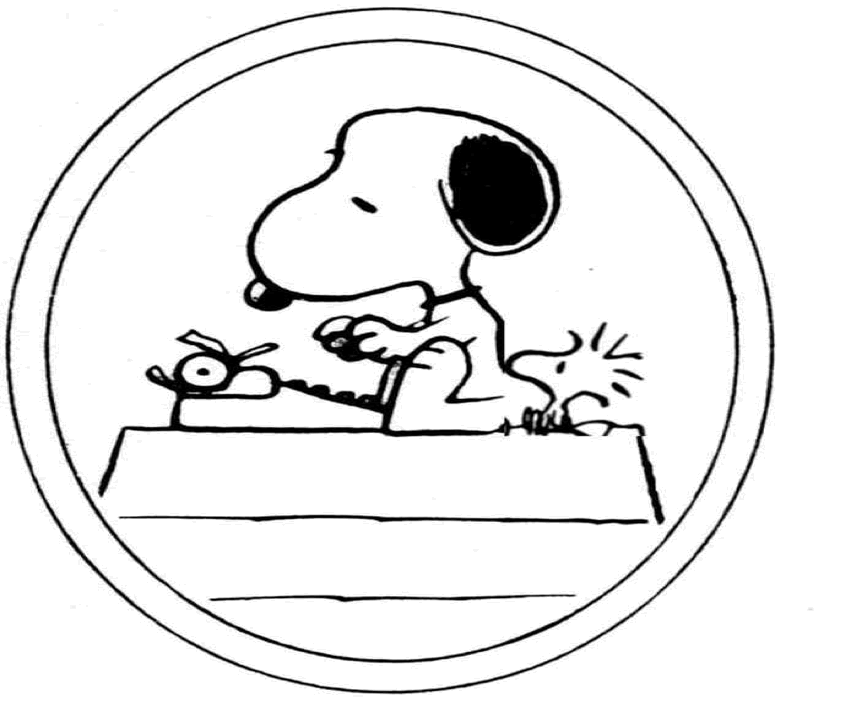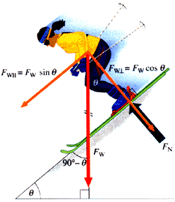Mechanical Station 2.1: Communications Module
Mechanical Systems in Health
Measuring Range of Motion
PRESENTATION AND PRACTICE

![]() Activity graded by the % of correctness of your work
Activity graded by the % of correctness of your work
![]() Activity graded by the rubric
Activity graded by the rubric
![]() Activities from which you can choose five to submit
Activities from which you can choose five to submit
Reflect on What You Know
- What did you learn in this station's lab about your own body and how it moves? How does your body act as a machine in the physical world?
- If you were to design your body the way you wanted, what would it look like? How would it act?
Word Parts
If you have not completed this section in other stations, CLICK HERE to complete it.
Reading Passages
The reading passages you cover in this station will help you practice medical terms and improve your reading and writing skills.
Read the passages at least three times:
1.Read once to get a general idea of the topic.
2.Read the passage again aloud to yourself or someone else.
3.Read the passage a third time, slowly, thinking about what each sentence or term means.
![]() Go to the following site. You will need to login at...
Go to the following site. You will need to login at...
http://www.readworks.org/passages/big-league-injuries
Click on Already Have an Account? Sign in. Enter the Username/Email and the Password below.
Username/Email: stemprep@stemprep.org Password: stemprep123
Read the article and answer the questions following the article. You may want to copy the article and questions. There are answers at the end but do not use them to check your work. Give your work to your coach when you are finished.

![]()

Complex Sentences
Using complex sentences in our writing can make it more interesting. Complex sentences have two clauses: one main (or independent) and one subordinate (or dependent). The essential ingredient in a complex sentence is the subordinate conjunction:
after |
in order that |
when |
although |
once |
whenever |
as |
since |
where |
because |
so that |
whereas |
before |
that |
wherever |
even if |
though |
whether |
even though |
unless |
while |
if |
until |
why |
Here are some examples of dependent clauses:
when someone gets dehydrated
because our knee joints bend
even though you are not thirsty
Notice that each group of words has a subject and a verb, but the words don’t complete a thought. That is why they are a dependent clause! The clause needs more to be a complete thought.
Let's make the groups of words above into complete thoughts.
When someone gets dehydrated, he needs to get fluids into his body.
We can run, walk, and move freely because our knee joints bend.
Even though you are not thirsty, you can be dehydrated.
Here are a couple more examples:
Unless you drink enough water, your energy will be low.
She felt dizzy after she bent over.
Notice that the dependent clause can be either first or second. If it is first, you need a comma before the independent clause. If the dependent clause (the one with the subordinate conjunction) is second, a comma is not needed.
If you want practice writing sentences before completing the following activity, go to http://www.chompchomp.com/terms/subordinateconjunction.htm
For this exercise, write five simple sentences and 10 complex sentences. Use some of your new vocabulary words in as many sentences as you can. Turn in your sentences to your coach.

![]() Many of the terms, ideas, and concepts in this module about joints may be new to you. Go to the site below. It provides an interactive learning activity about joint movement vocabulary. Make flash cards or practice the new words in another way.
Many of the terms, ideas, and concepts in this module about joints may be new to you. Go to the site below. It provides an interactive learning activity about joint movement vocabulary. Make flash cards or practice the new words in another way.
Share what you did with your coach.
https://www.wisc-online.com/learn/natura-science/life-science/ap12004/movement-terminology
If you want to create flashcards online, the following link can help you.
https://www.youtube.com/watch?v=dHUOvqhvPY4 - How to use quizlet to create flashcards.
http://www.thefreedictionry.com/Math and language arts skills by grade level
| Range of Motion Angle Vertex Degrees Right angle Acute angle Obtuse angle x-axis (body) y-axis (body) z-axis (body) |
Plane |

![]() Click on the links below and complete five different games or interactive activities involving muscles and joint movement. When you finish, give your coach a list of the games you completed.
Click on the links below and complete five different games or interactive activities involving muscles and joint movement. When you finish, give your coach a list of the games you completed.
- http://interactivesites.weebly.com/body-systems.html
- http://www.wisc-online.com/learn/natural-science/life-science/ap12004/movement-terminology
- http://www.anatomyarcade.com/
![]() THE SKELETON - INTERPRETING A TABLE
THE SKELETON - INTERPRETING A TABLE
Read the table carefully and answer the questions below it. Share your answers with your coach.
Table of Information on Vertebrae
Name |
Cervical |
Thoracic |
Lumbar |
Sacral |
Coccyx |
Number of |
7 |
12 |
5 |
5 |
4 |
Where in the body |
Neck |
Chest |
Lower back |
Pelvic area |
Base of the spine |
Most important function |
Top two vertebrae – atlas and axis, help turn the neck –protects spinal cord |
Attached to the ribs and help with breathing – protects spinal cord |
In the area of the column where the greatest movement occurs so bears a lot of weight – protects spinal cord |
Fused together – make up part of the pelvic girdle |
Fused together |
What is attached |
Neck muscles |
Ribs |
Back muscles |
Joins spine and pelvic girdle |
Base of spine attached only to the sacral vertebrae |
- How many vertebrae are there in total?
- Which vertebrae are found in the chest region of the body?
- Which vertebrae are the largest in the body?
- What is the main job of the thoracic vertebrae?
- There are two types of vertebrae that are fused. Which are they?
![]() Activity 3 - Click on the link below and watch this 3-minute youtube video on writing.
Activity 3 - Click on the link below and watch this 3-minute youtube video on writing.
https://www.youtube.com/watch?v=p1KbANXoWlo
- Write a three paragraph essay describing a physical activity you like to do in your spare time.
- Write as if you are doing something you enjoy doing. Describe it in a way that will help the reader to picture the activity and feel the pleasure you feel while you are doing it.
- Use as many of the new terms you learned in this module as you can.
When you have finished your essay, CLICK here to open the Rubric for this Activity. Make any changes needed before you give the essay to your coach. If you have gotten 80% or higher on your work in the 2.1 Communications Module, you are ready to move on to 2.1 Math. Good luck!
Congratulations!

__________________________________________
Links to Station 2.1 Modules
Lab Intro | Lab Presentation and Practice | Communications Intro| Communications Presentation and Practice| Math